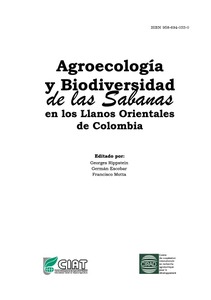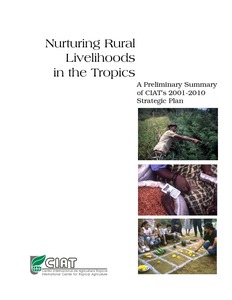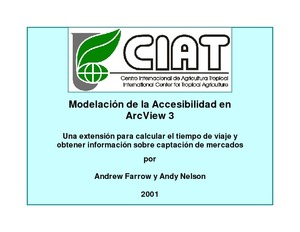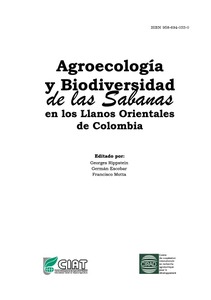Mission
To reduce hunger and poverty, and improve human nutrition in the tropics through research aimed at increasing the eco-efficiency of agriculture.
People
CIAT’s staff includes about 200 scientists. Supported by a wide array of donors, the Center collaborates with hundreds of partners to conduct high-quality research and translate the results into development impact. A Board of Trustees provides oversight of CIAT’s research and financial management.
Values
- Shared organizational ethic
- We respect each other, our partners, and the people who benefit from our work. We act with honesty, integrity, transparency, and environmental responsibility in all of our joint endeavors.
- Learning through partnerships
- We work efficiently and pragmatically together and with partners. Considering our diversity to be a key asset, we adapt readily to change and strive to improve our performance through continuous learning.
- Innovation for impact
- We develop innovative solutions to important challenges in tropical agriculture, resulting in major benefits for the people who support, participate in, and profit from our work.
Members:
Resources
Displaying 466 - 470 of 958Productividad de pasturas nativas y diferentes modelos de manejo en los Llanos Orientales
Nurturing rural livelihoods in the tropics : A preliminary summary of CIAT`s 2001-2010 strategic plan
Modelación de la Accesibilidad en ArcView 3: Una extensión para calcular el tiempo de viaje y obtener información sobre captación de mercados
CIAT programmed this simple and flexible GIS tool to automate the creation of accessibility surfaces. Previously, these surfaces were laboriously created, step-by-step, using ArcINFO software from the Environmental Systems Research Institute (ESRI). You can install the Accessibility Analyst if you have the ESRI ArcView 3 software and its ArcView Spatial Analyst. From this page, you can download the extension and documentation, see case studies of the extension at work, and follow up links with other people working in the same field.
Literature review of impact assessment studies of potential application to natural resource management research (some literature resources)
This note is part of an on-going effort to gain insights to impact assessment and research uptake literature of relevance to natural resource management-related research. It is provided more for the reference list than for the merit of the associated text that is still at an early stage. Many more references have been collected but have yet to be screened for their potential relevance.






